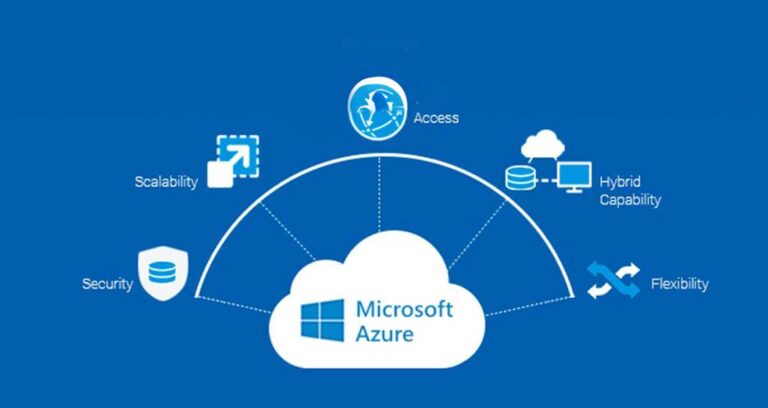
IT support plays a crucial role in maintaining operational efficiency, minimizing downtime, and keeping businesses running smoothly. Whether handling routine maintenance, troubleshooting technical problems, or implementing new systems, effective IT support such as that provided by www.intelusgroup.com/ ensures seamless workflows. Below are practical strategies for optimizing IT support and resolving common challenges.
Prioritizing Proactive Maintenance
Preventing issues before they arise reduces disruptions and enhances overall system reliability. Regular software updates, hardware checks, and security patches mitigate vulnerabilities. Automated monitoring tools help detect anomalies early, allowing teams to address potential failures before they escalate.
Streamlining Ticketing and Response Systems
An organized ticketing system ensures that technical issues receive prompt attention. Categorizing requests based on urgency and complexity enables IT teams to allocate resources efficiently. Implementing self-service options, such as FAQs and knowledge bases, empowers users to resolve minor issues independently, reducing the volume of support tickets.
Improving Communication and Documentation
Clear communication accelerates issue resolution and prevents recurring problems. Well-documented troubleshooting procedures provide IT teams with a reference for addressing known issues. Standardized workflows also facilitate knowledge transfer, reducing dependency on specific individuals.
Strengthening Cybersecurity Measures
IT support teams play a vital role in protecting systems from security threats. Regularly updating firewalls, antivirus software, and access controls prevents unauthorized breaches. Educating employees on cybersecurity best practices minimizes risks associated with phishing attacks and data leaks.
Enhancing Remote Support Capabilities
With businesses increasingly relying on remote work, IT support must adapt to offsite troubleshooting. Remote desktop tools and secure access protocols allow technicians to diagnose and fix problems efficiently. Ensuring a reliable virtual private network (VPN) and multi-factor authentication safeguards remote operations.
Managing IT Assets Effectively
Keeping track of hardware and software inventory prevents unnecessary expenditures and streamlines replacements. Asset management solutions help monitor equipment lifecycles, ensuring timely upgrades and minimizing downtime. Proactively retiring outdated systems improves performance and security.
Providing Ongoing Training and Support
Technical proficiency among employees reduces the burden on IT teams. Regular training sessions help staff navigate common software and hardware issues, decreasing support requests. Encouraging a culture of digital literacy fosters self-sufficiency and boosts productivity.
Optimizing Cloud-Based Solutions
Cloud computing simplifies IT support by reducing reliance on physical infrastructure. Cloud services offer scalability, remote accessibility, and automatic updates, enhancing efficiency. Ensuring proper configurations and security protocols maximizes the benefits of cloud adoption.
Monitoring Performance Metrics
Tracking key performance indicators (KPIs) provides insights into IT support effectiveness. Metrics such as response times, resolution rates, and user satisfaction help identify areas for improvement. Data-driven decision-making enhances service quality and operational efficiency.
Adapting to Emerging Technologies
As technology evolves, IT support must stay ahead of advancements. Artificial intelligence, automation, and machine learning streamline repetitive tasks, allowing IT personnel to focus on complex issues. Staying informed about new tools and industry trends ensures continuous improvement in support services.
Conclusion
Effective IT support strengthens business continuity and enhances overall efficiency. By prioritizing proactive maintenance, streamlining workflows, and leveraging advanced technologies, organizations can optimize their IT infrastructure. Implementing these strategies ensures smoother operations and a more resilient digital environment.
Write and Win: Participate in Creative writing Contest & International Essay Contest and win fabulous prizes.


